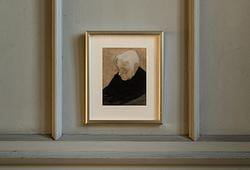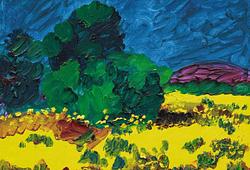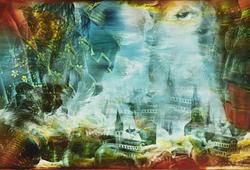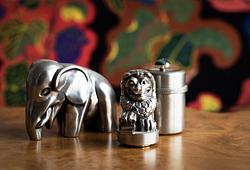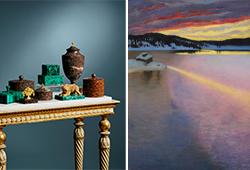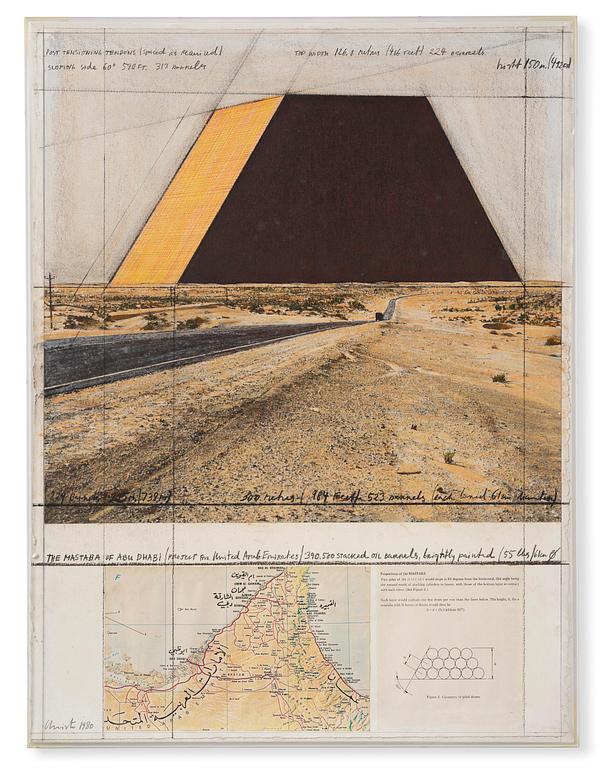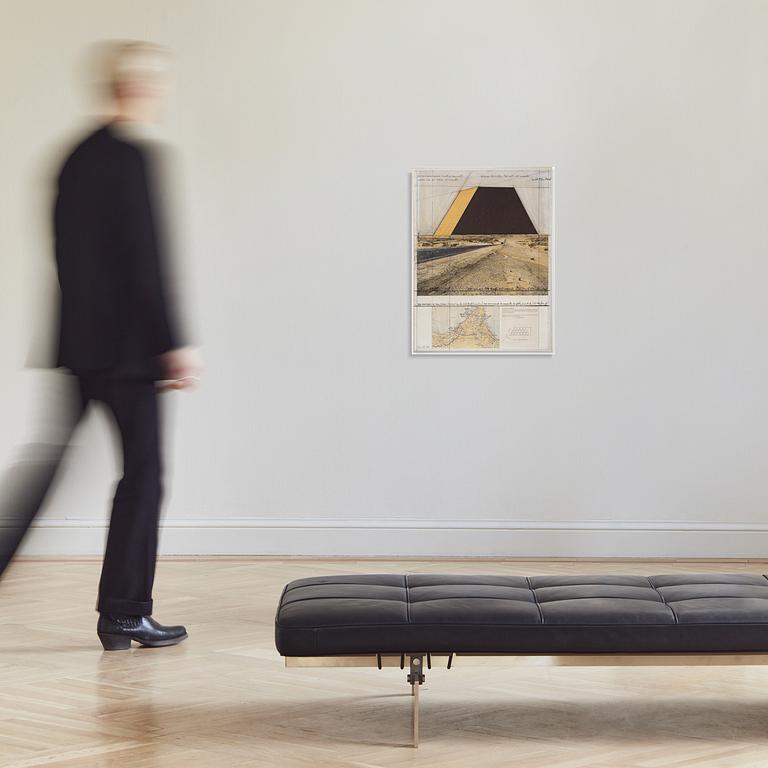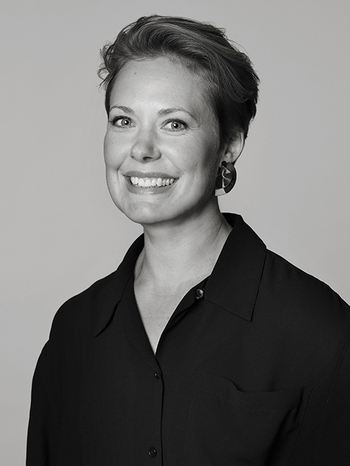Christo Vladimirov Javacheff
"The Mastaba of Abu Dhabi (Project for United Arab Emirates)"
Signed Christo and dated 1980. Oil crayons, colour pencils, pencil, charcoal, map, and technical data on paper mounted on panel. Mounted in a plexi glass frame 80.5 x 61 cm.
Provenance
Art & Form, Stockholm.
Acquired in 1985. Then by descent to the present owner.
More information
The Mastaba is an art project by Christo and Jeanne-Claude that was initiated in 1977. The inspiration for the geometric shape is derived from ancient benches that originated in the first urban civilisations of Mesopotamia. The sculpture they sought to realise in the United Arab Emirates was planned to be erected in the Liwa Desert, approximately 160 kilometres south of Abu Dhabi. Christo and Jeanne-Claude had a long-standing relationship with Abu Dhabi, which commenced with their inaugural visit in 1979. The Mastaba was to be their only permanent large-scale work and their final joint project, but it was never realised. In accordance with the expressed wishes of Christo, the project is to be completed by his nephew, Vladimir Yavachev, who has worked closely with the artists for many years.
As depicted in Christo's designs, the sculpture is to be constructed with dimensions of 150 metres in height, 300 metres in length, and 225 metres in width. This renders it the largest contemporary sculpture in the world. The work consists of 410,000 coloured oil barrels that collectively form a mosaic-like pattern inspired by Islamic architecture. The construction of the structure will take a minimum of three years to complete, with the initial phase of assembly taking place on the ground before the structure is subsequently lifted into place. In order to ensure the feasibility of the project, Team Christo enlisted the services of multiple international engineering teams. The most technically sustainable solution was proposed by Hosei University in Tokyo, Japan, and this proposal was subsequently verified by a German engineering firm. A thorough investigation was conducted into the social and economic ramifications of the project on the site. As with all of Christo's works, "The Mastaba" would be financed entirely without public funds. The project's revenue will be generated from the sale of sketches and drawings, unique works such as the one presented here, and prints.




